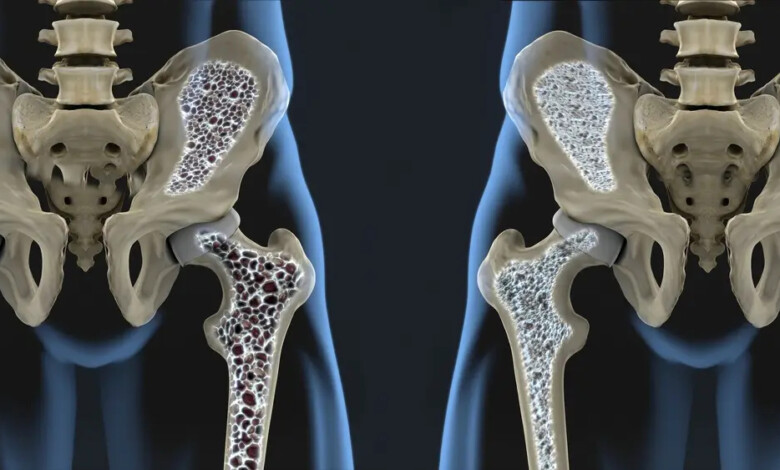
By Shahista Namale
Medical experts are issuing urgent warnings about the increasing prevalence and severity of bone diseases, with particular concern focused on osteoporosis – a silent but devastating condition that weakens bones to the point where they can fracture easily from minor falls or bumps.
These fragility fractures, often dismissed as simple accidents, can have serious consequences for patients’ quality of life and independence, especially among older populations.
As global demographics shift toward an aging population, projections indicate the annual number of osteoporosis-related hip fractures could nearly double between 2018 and 2050.
This progressive bone disease develops without obvious symptoms, leaving many unaware of their condition until they experience a fracture from what should be a harmless incident.
Dr. Kintu Faizo from Bamukembo Specialised Center in Kampala explains the troubling gap in diagnosis and treatment.
“What we’re seeing is deeply concerning. Even when patients suffer clear fragility fractures. About 80% of osteoporosis cases remain undiagnosed and untreated. This represents a massive failure in our healthcare systems to address a preventable condition,” Dr Kintu told The Friday Call in an interview.
The specialist emphasized that osteoporosis should not be considered an inevitable part of aging.
“Bone health and osteoporosis prevention are important for everyone throughout their lifespan,” Dr. Kintu stressed.
“There’s no excuse for complacency – this is a disease we can prevent, diagnose and treat effectively. Yet despite its severe personal and economic impacts, osteoporosis continues to be vastly underrecognized worldwide,” he added.
Nutrition plays a fundamental role in maintaining bone health at all ages.
Key dietary components include calcium-rich foods like low-fat dairy products, leafy greens, broccoli, salmon, fortified soymilk, orange juice, cereals and bread.
Equally important is vitamin D, which facilitates calcium absorption and can be obtained through sensible sun exposure and foods like egg yolks, fatty fish, fish oils, liver and fortified cereals.
For those who have already experienced fragility fractures, medical intervention becomes crucial to prevent subsequent breaks.
“When we see a patient with one fragility fracture, we know their risk for additional fractures increases dramatically without proper treatment,” Dr. Kintu notes.
“This is why timely diagnosis and management are so critical,” he cautioned.
With populations aging worldwide and osteoporosis cases on the rise, healthcare systems face mounting challenges in addressing what has become a silent epidemic.
The condition’s asymptomatic progression means many patients only seek medical attention after suffering debilitating fractures, highlighting the need for improved awareness, screening protocols and treatment accessibility across all levels of healthcare.






